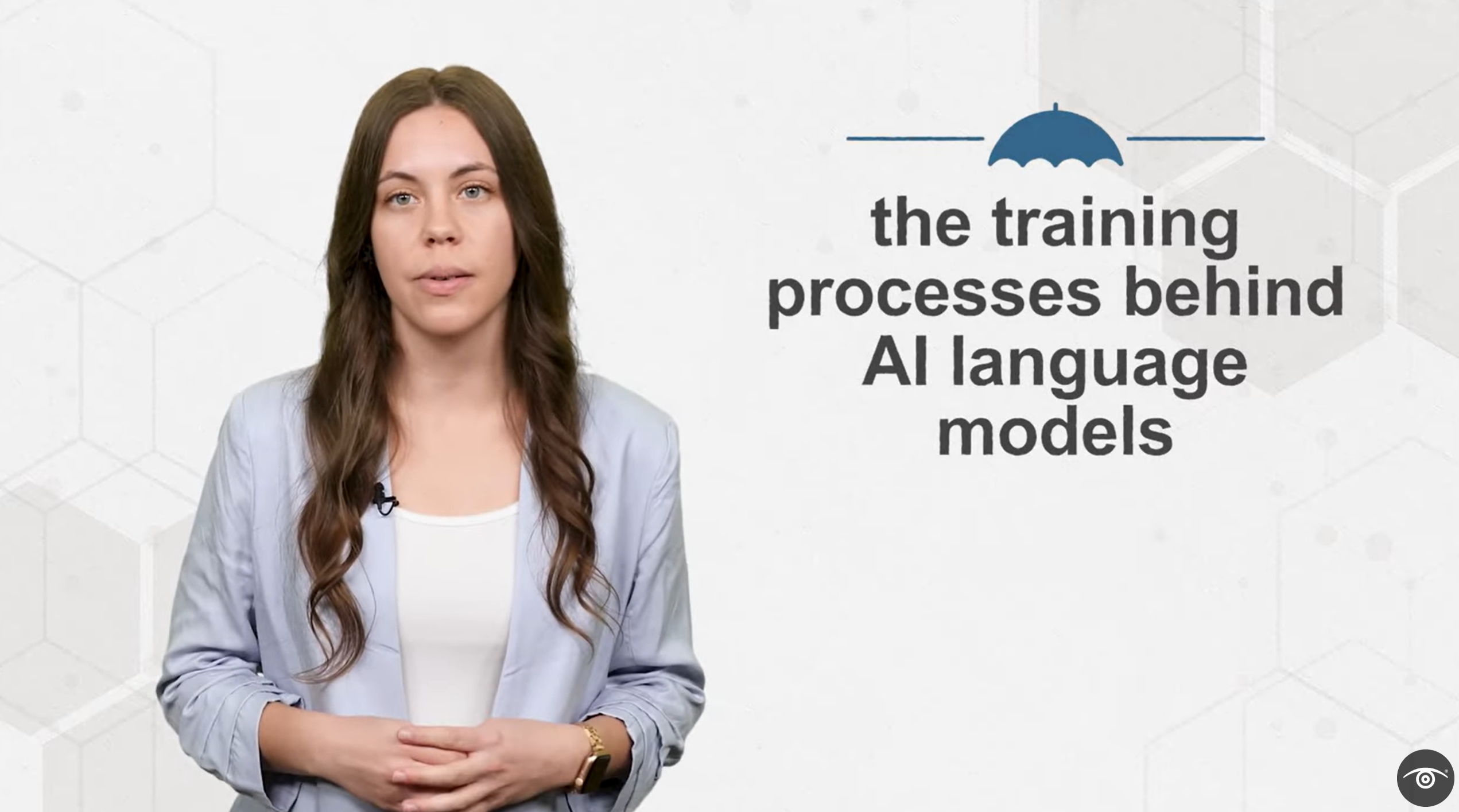Library guides
Subject: Computer science, Multimedia and TelecommunicationsTheoretical framework of artificial intelligence
Artificial intelligence (AI) has existed for years, but in recent months it has evolved very rapidly. Why is this? What innovations has it entailed? In this library guide, you will find theoretical, basic and specific content on artificial intelligence, its types and its uses.

Basic concepts
What is AI?
What artificial intelligence is, what types there are, and how it is used in different fields.
Set of resources and terms that can help understand AI in greater depth.
Episode of "Quèquicom" explaining the resources and terms that can help understand AI and how it is programmed in more depth.
Episode of "Quan arribin els marcians" about the uses of AI and how we will incorporate it into our daily lives.
Types of data (structured and unstructured)
The types of data there are in relation to artificial intelligence, and the differences between them.
Differences between structured and unstructured data, and the uses of each of them.
Reference book with examples to understand the basics of structured machine learning.
Harrison, M. (2019) Machine learning pocket reference: working with structured data in python. Beijing: O'Reilly. Available at: https://learning.oreilly.com/library/view/machine-learning-pocket/9781492047537/?sso_link=yes&sso_link_from=Catalunya (Accessed: June 27, 2024).
Article exploring the various functions of structured data.
Ontañón, S. (2020) 'An overview od distance and similarity functions for structured data', The Artificial Intelligence Review, 53(7), p. 5309-5351. Available at: https://www.proquest.com/scholarly-journals/overview-distance-similarity-functions-structured/docview/2441910394/se-2?accountid=15299 (Accessed: June 27, 2024).
Article on the uses of structured data in the clinical field and the representation of information.
Zhang, D., Yin, C., Zeng, J., Yuan, X. and Zhang, P. (2020) 'Combining structured and unstructured data for predictive models: a deep learning approach', BMC Medical Informatics and Decision Making, 20, p. 1-11. Available at: https://doi.org/10.1186/s12911-020-01297-6 (Accessed: June 27, 2024).
AI models
Neural networks
What neural networks in artificial intelligence are, what types there are, and how they are trained.
What neural networks are, their history and their relationship with deep learning.
The research presented in this book provides various perspectives on the use of artificial neural networks as neural information processing models.
Van Gerven, M. and Bohte, S. (2018) Artificial neural networks as models of neural information processing. Lausana: Frontiers Media SA. Available at: https://directory.doabooks.org/handle/20.500.12854/41357 (Accessed: June 27, 2024).
Decision trees
Advantages and disadvantages of using decision trees for data mining tasks.
Article presenting a new automated process to build and initialize deep neural networks based on decision trees.
Humbird, K., Peterson, J. and Macclarren, R. (2019) 'Deep neural network initialization with decision trees', IEEE Transactions on Neural Networks and Learning Systems, 30(5), p. 1286-1295. Available at: https://doi.org/10.1109/TNNLS.2018.2869694 (Accessed: June 27, 2024).
Using AI: prompting
What prompts are, and how they relate to the use of the latest forms of AI.
This article studies and sorts research works into a new paradigm in natural language processing called "prompt-based learning".
Liu, P., Yuan, W., Fu, J., Jiang, Z., Hayashi, H. and Neubig, G. (2023) 'Pre-train, prompt, and predict: a systematic survey of prompting methods in natural language processing', ACM Computing Surveys, 55(9), p. 1-35. Available at: https://doi.org/10.1145/3560815 (Accessed: June 27, 2024).
Librarians responsible for this library guide
Lis Balcells
Operative subgroup: Librarian for Computer Science, Multimedia and Telecommunications, vocational training Operative group: Library for LearningAdrián de Mon
Operative subgroup: Computer Science, Multimedia and Telecommunications resource manager, vocational training Operative group: Library for Learning














